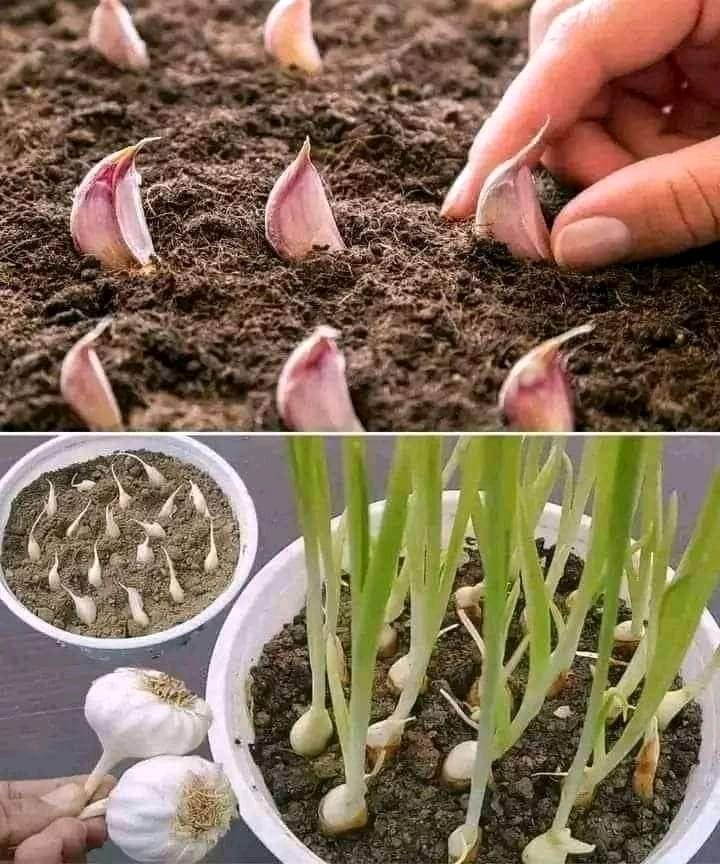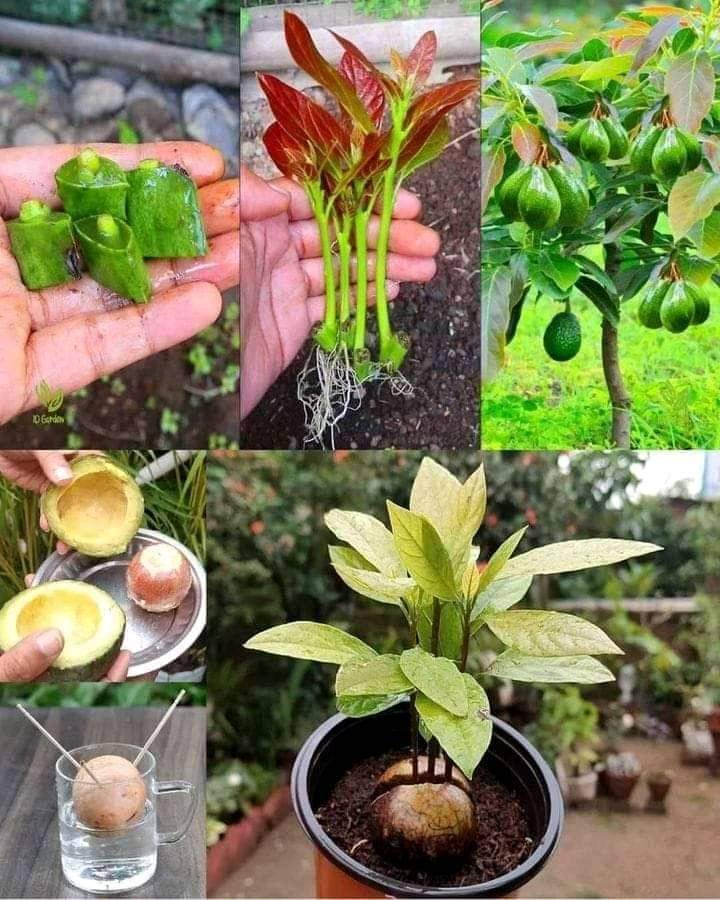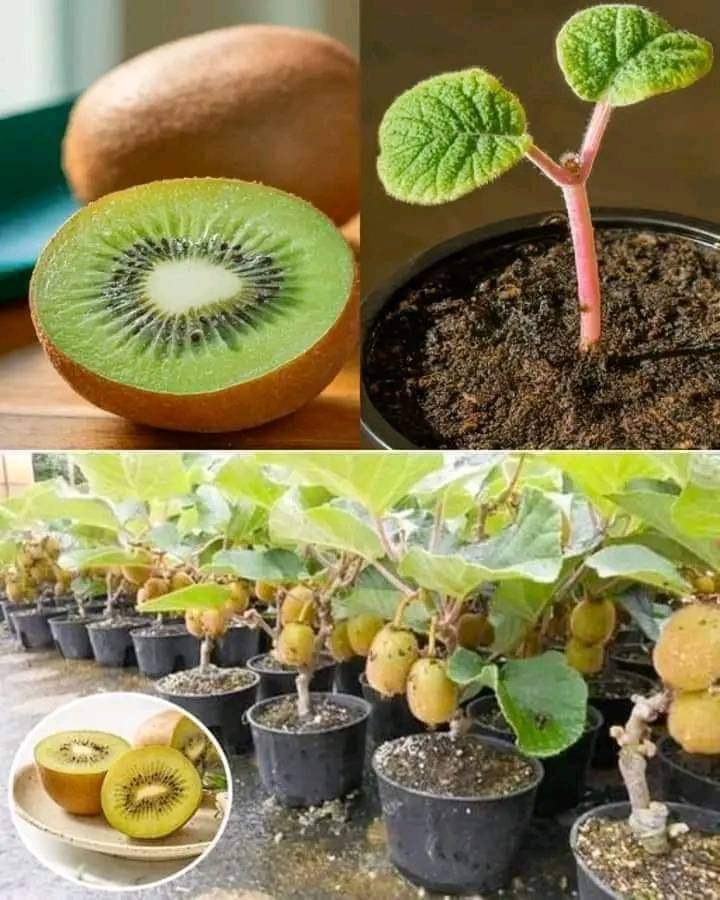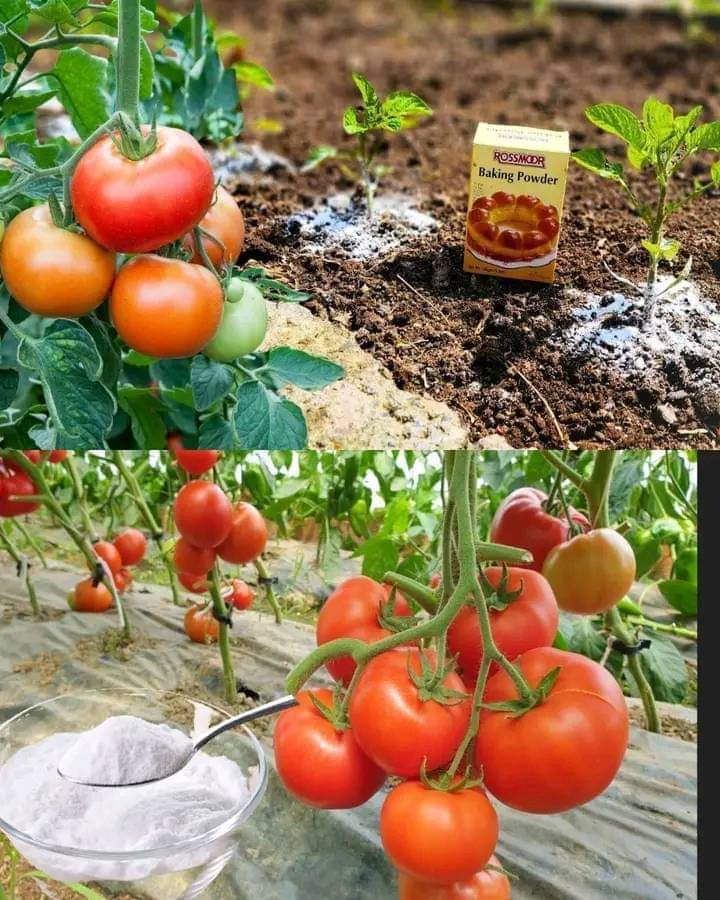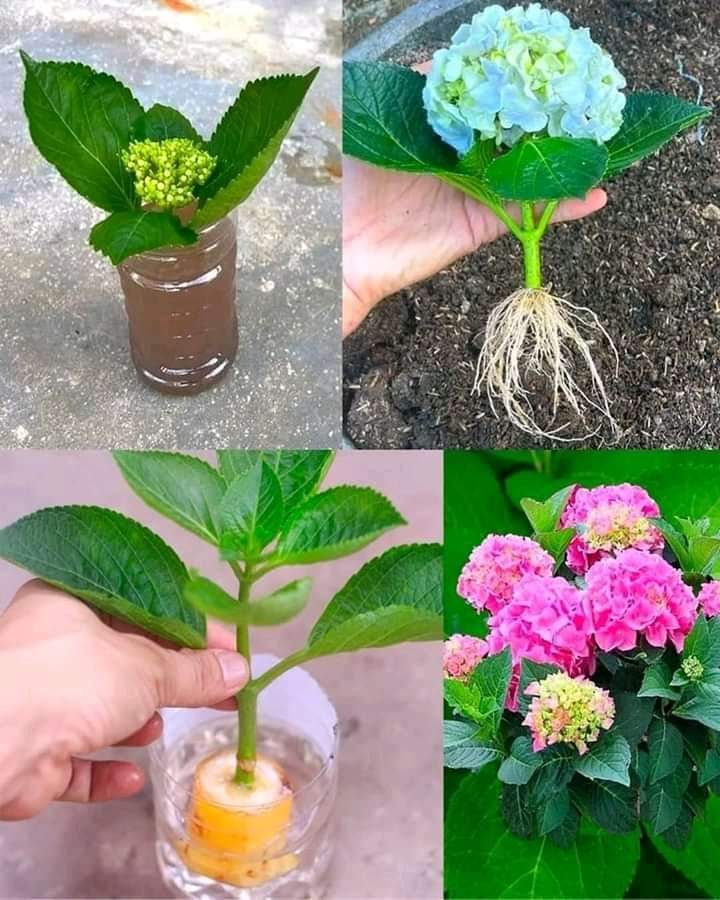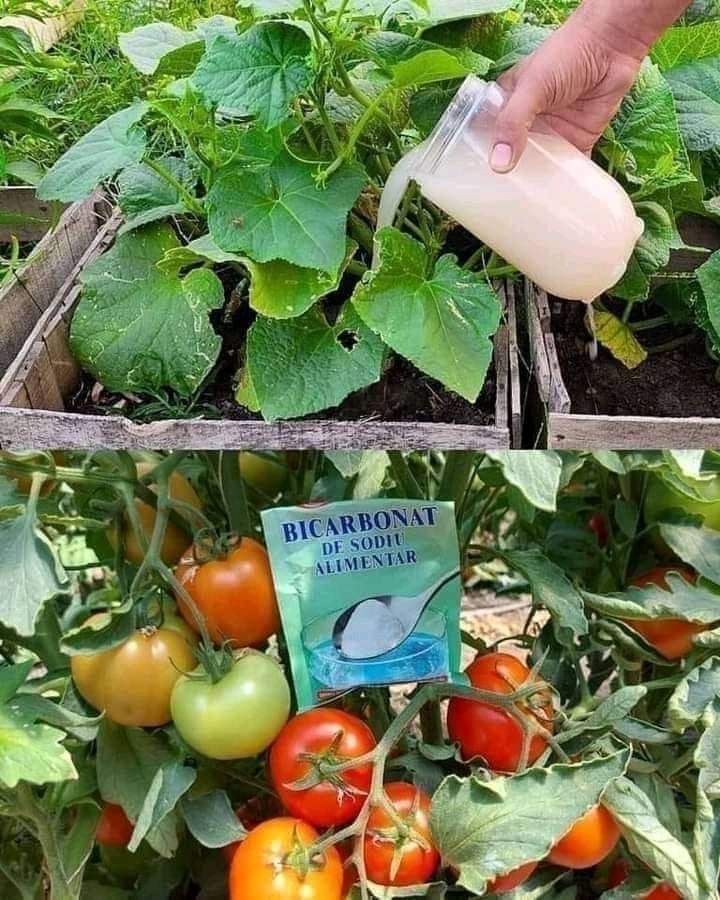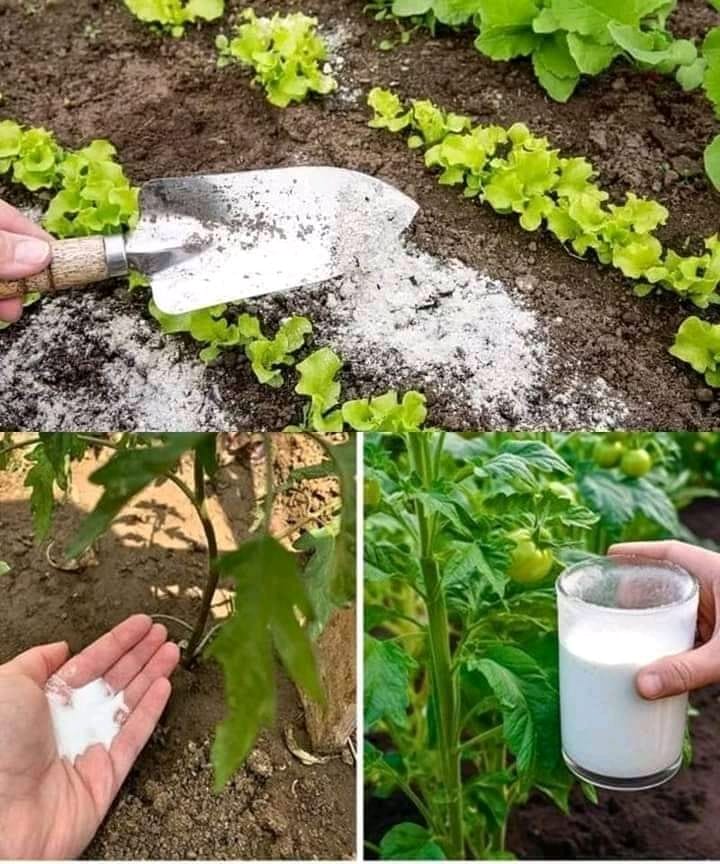Baking soda, instead of the synthetic chemicals, is a safer and cheaper way to take care of your garden
Why Choose Baking Soda?
Natural and Non-Toxic: Baking soda (sodium bicarbonate) is safe for plants, pets, and the environment, unlike synthetic chemicals.
Cost-Effective: It’s affordable and easily accessible, making it ideal for budget-conscious gardeners.
Versatile Uses: Baking soda serves multiple purposes in the garden, from controlling pests to amending soil pH.
How to Use Baking Soda in Your Garden
1. Control Powdery Mildew:
Mix 1 tablespoon of baking soda with 1 quart of water and a few drops of liquid soap.
Spray affected plants weekly, especially in humid conditions.
2. Manage Fungal Diseases:
Prevent damping-off in seedlings by lightly sprinkling baking soda on the soil surface.
Apply directly to plants with fungal infections like black spot on roses.
3. Natural Pesticide:
Deter aphids and spider mites by spraying plants with a solution of 1 teaspoon baking soda, 1 tablespoon vegetable oil, and a few drops of liquid soap mixed in 1 quart of water.
Reapply weekly or after rainfall.
4. Boost Tomato Plants:
Sprinkle a small amount of baking soda around tomato plants to help reduce soil acidity and prevent blossom end rot.
5. Weed Control:
Apply baking soda to driveways and walkways to naturally deter weed growth.
6. Soil Amendment:
Use sparingly to raise pH levels in acidic soils, benefiting plants that prefer neutral to alkaline conditions.
Tips for Using Baking Soda Safely and Effectively
Dilute Properly: Always dilute baking soda in water or mix as directed to avoid harming plants.
Test on a Small Area: Before widespread use, test solutions on a small part of the plant to ensure compatibility.
Monitor Effects: Observe plant reactions post-application and adjust usage accordingly.
How to grow garlic indoors and care for it
How to grow garlic indoors and care for it 1. Select Bulbs: Choose firm, healthy garlic bulbs suited for indoor growing. 2. Prepare Containers: Use deep pots with drainage holes and fill with well-draining soil or compost. 3. Plant Cloves: Break bulbs into cloves, plant pointed end up, 1-2 inches deep, 4-6 inches apart. 4. … Read more
